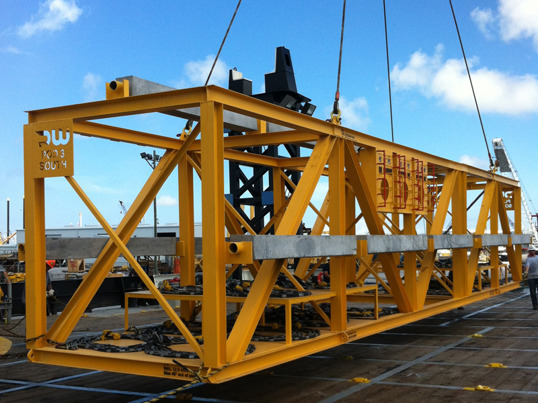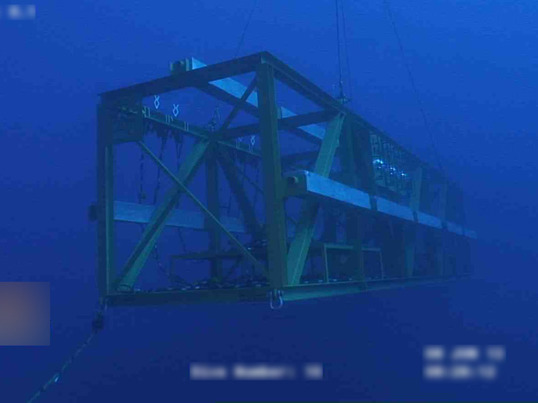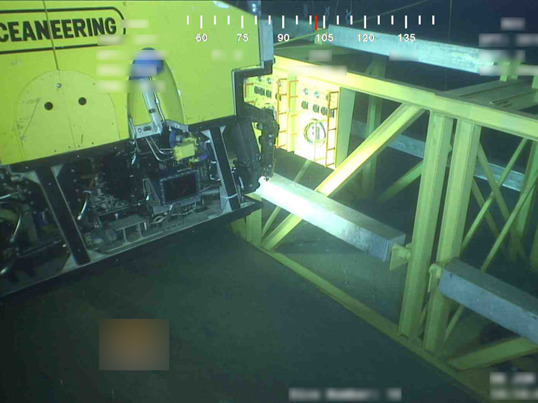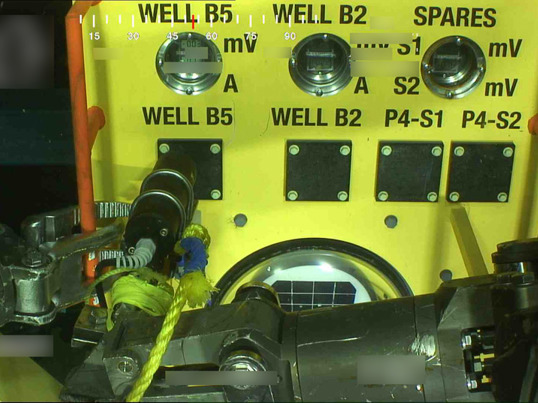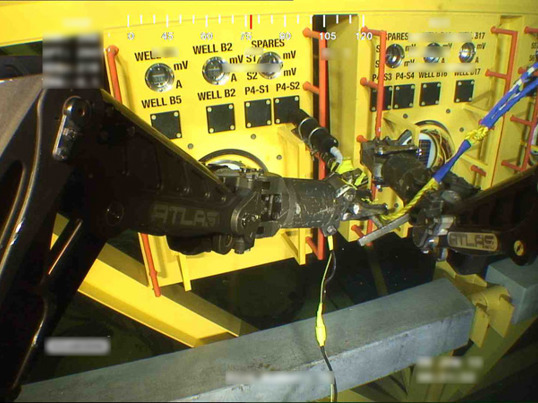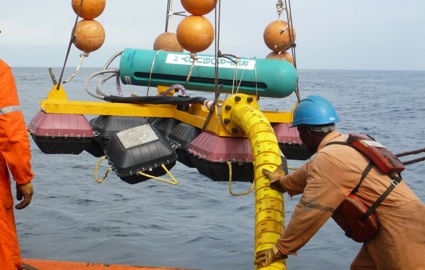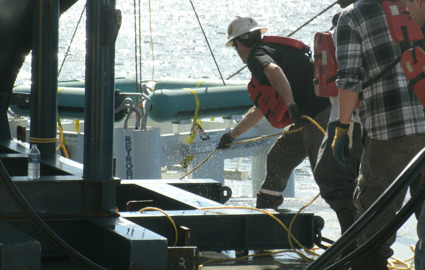Olympus Field
Deepwater installs large anode system with permanent monitoring for 24 PGBs
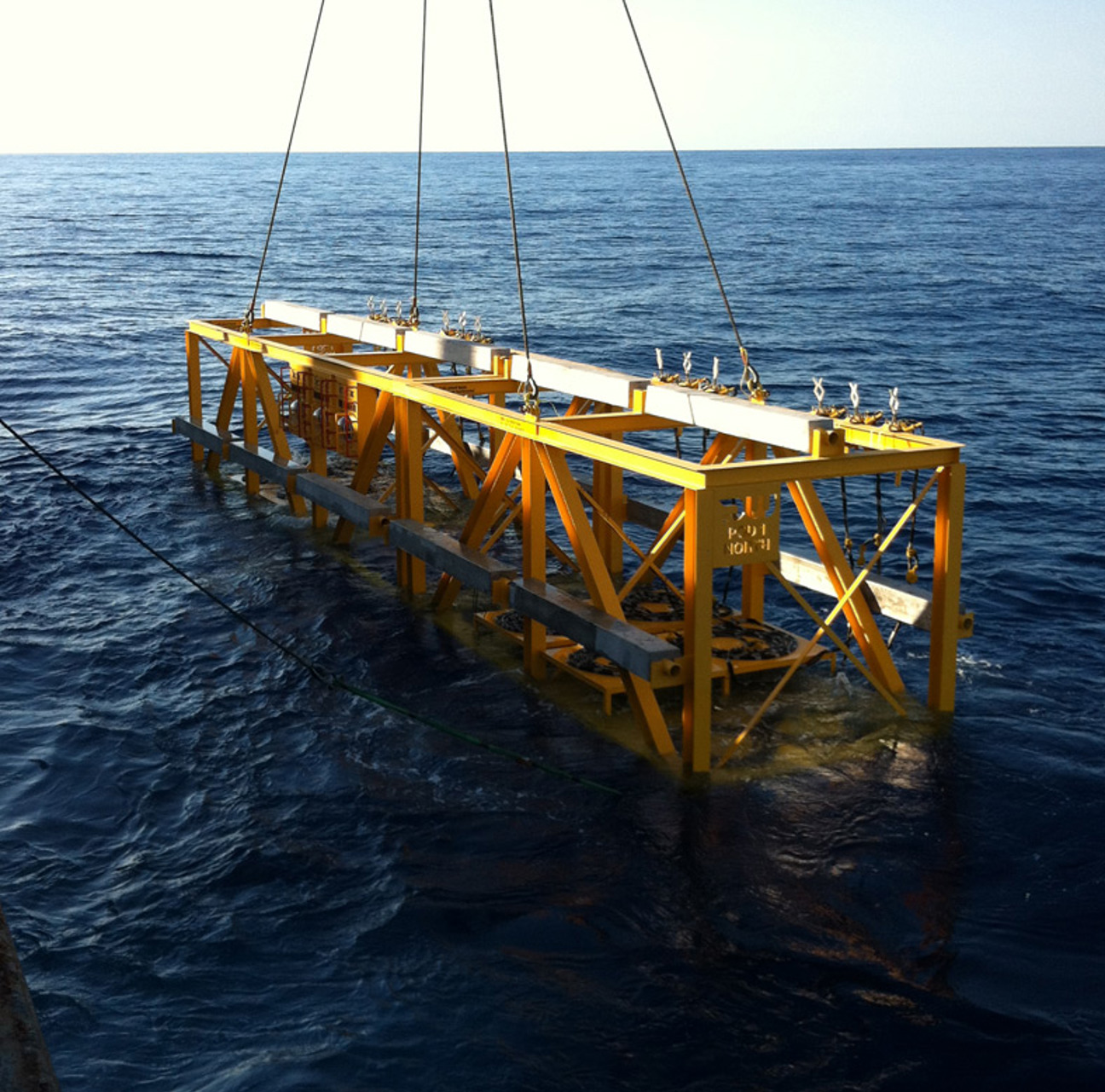
Deepwater supplied anodes and monitoring to protect 24 subsea PGBs for 45 years
Deepwater Corrosion Services, Inc. provided a cathodic protection (CP) system for the Olympus TLP’s wellheads and permanent guide bases (PGBs) installed in the Mississippi Canyon in the Gulf of Mexico (24 total PGBs). The RetroPod XL is an anode sled that was deployed from Oceaneering’s ROV support vessel, the Ocean Alliance, and installed on the seabed in approximately 3,000 feet of water. This cathodic protection system, in conjunction with the existing PGB anodes, is designed to provide protection for 45 years.
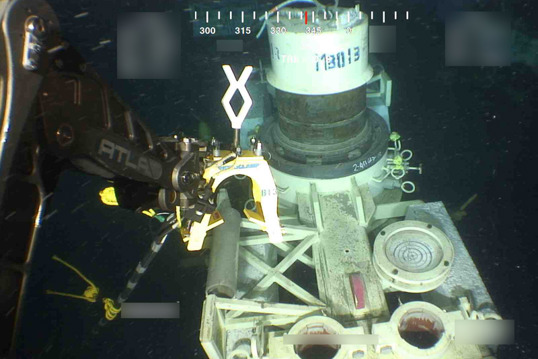
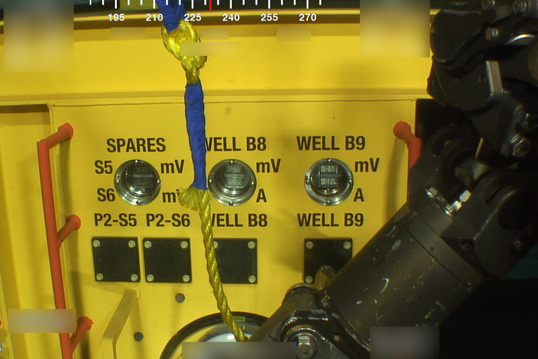
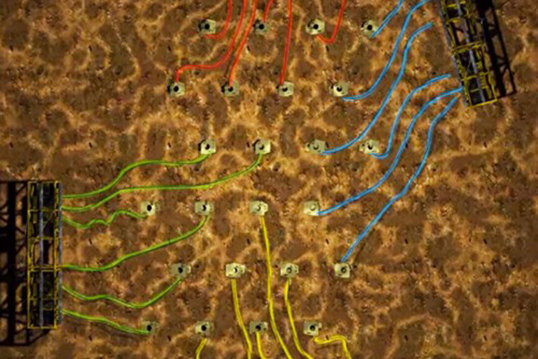
Installation time: 30 hours
Four large anode sleds (Retropod XL) were deployed around the perimeter of the well bay. To reduce the number of subsea lifts, each unit was designed to protect six subsea wells. Retroclamps were used to connect each sled to six PGBs on the wells. Each anode sled carries 12,000 lbs. of aluminum anodes arrayed to provide 32 Amperes of CP current during the 45-year service life.
Each Retropod XL has a monitoring station to allow confirmation of CP readings during installation and future integrity surveys. For each asset protected, one Sunstation readout displays readings from reference electrodes connected to each Retroclamp. These solar-powered readouts allow the ROV to take CP readings for multiple assets from the perimeter of the field, away from tightly-clustered subsea equipment that can be a hazard for ROV pilots, Also, Sunstations eliminate the need for a CP probe.
Video: RetroPod™XL with SunStation™ monitoring
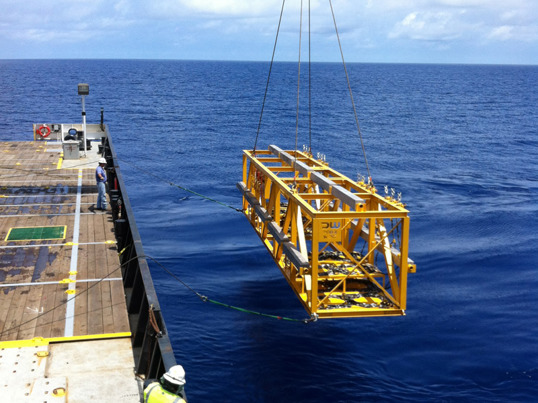
Overboarding the Retropod XL
One of four RetroPod XL sleds, each with twelve Retroclamps and six Sunstations mounted on three panels.
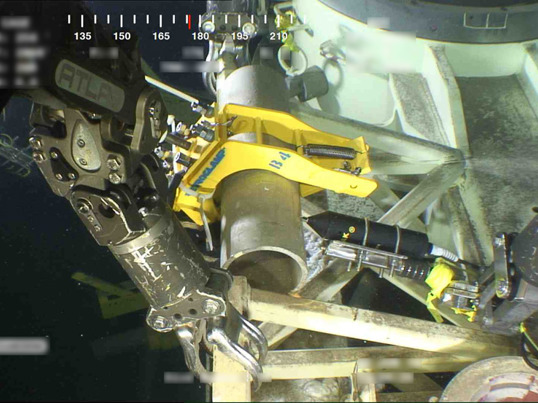
Retroclamp connection
Each sled is meticulously placed on bottom to ensure the cable lengths tied to the Retroclamps will reach their targets.
